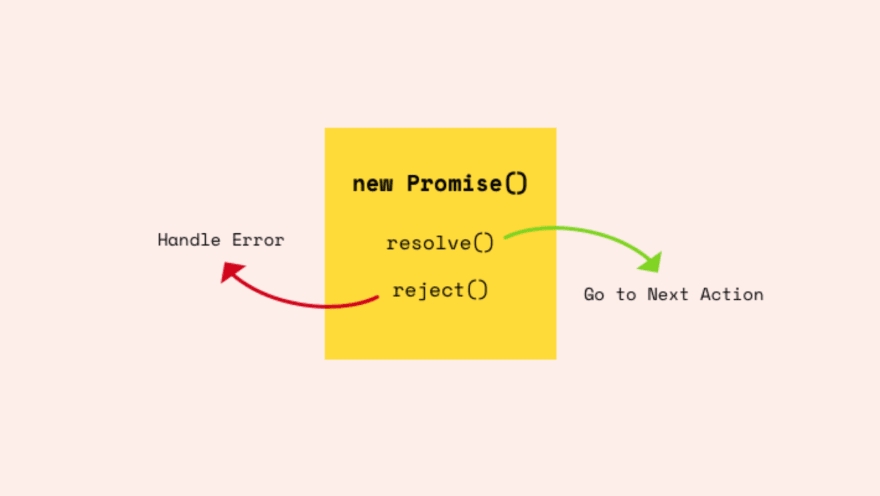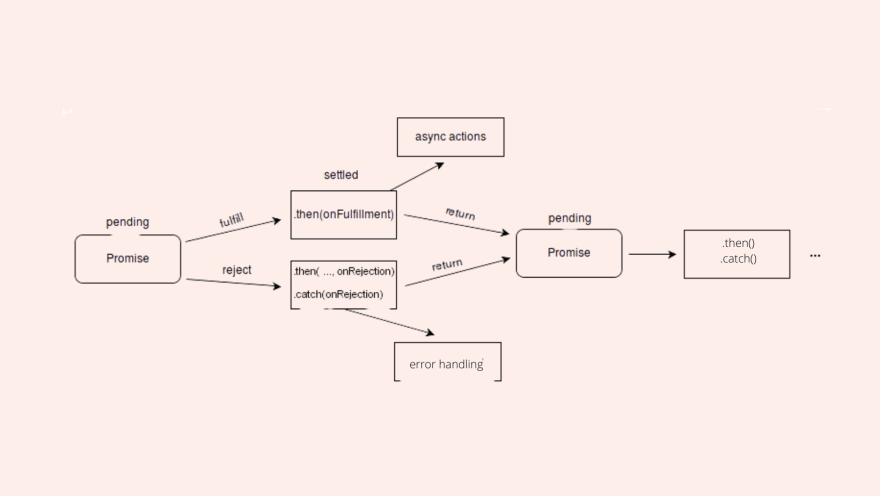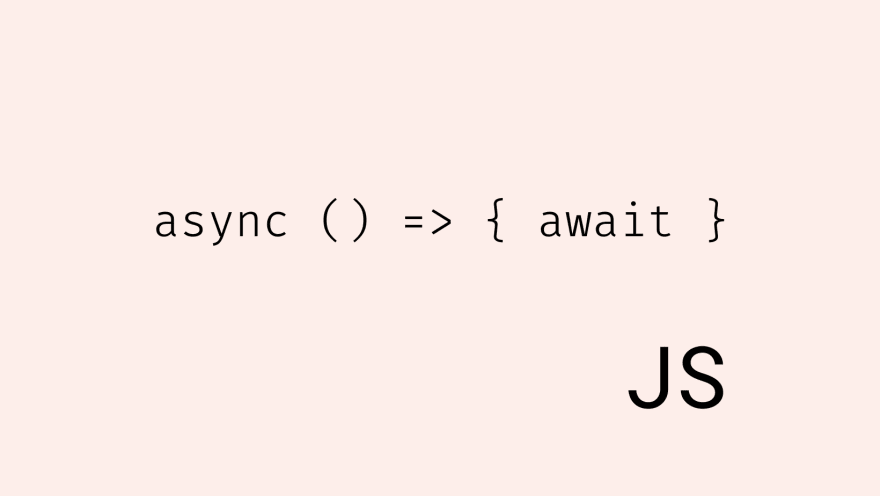An Interest In:
Web News this Week
- April 25, 2024
- April 24, 2024
- April 23, 2024
- April 22, 2024
- April 21, 2024
- April 20, 2024
- April 19, 2024
Easy Callback, Promises, Async-Await
After having read about callbacks, promises & async-await multiple times in not so easy to comprehensions, I finally have wrapped my head around them.
And today I'd share it in simpler terms that I am able to remember & understand.
Callbacks
Callbacks are functions being passed as arguments. That's it. That doesn't satisfy you then read these one page articles (to arrive on same conclusion of course):
Promises:
functions that are not run sequentially. They are run when possible.
const fun = new Promise ((resolve, reject) => { if(<some condition>) resolve("some success message"); else reject("some failure message");});fun() .then(msg => console.log(msg)) // some success message .catch(msg => console.log(msg)); // some failure messageResolve is called to indicate & return success status of the Promise, & Reject is called when we need to show failure.
Once returned we need to handle the stuff as well right?
then()is used to handle the resolved statecatch()is used to handle the rejected state
See! Simple.
Async - Await
Just a wrapper around Promise. Async-Await use Promises in the background.
Why was this done?
Because sometimes developers tend to nest things up. Nesting Promises makes it difficult to write, read, follow & understand at one look.
So why not make it easy to read & understand.
const fun = async () => { await functionToPerformAsynchronously();}That easy. You can easily make any function run asynchronously, by appending a await before it. Just remember that await statement must be in a function declared as async.
And you know what! async functions are nothing but promises (well not really; they return promises).
Don't confuse yourself, just read along and find more detail in the links mentioned at the end.
Which is why you can do this:
const fun = async () => { await functionToPerformAsynchronously();}fun() .then(<whatever you want to do here>) //runs when fun() has run successfully and did not encounter any issue while it ran .catch(errorMsg => console.log(errorMsg)); // runs when fun() had some problem running. We can display the problem as an error message is returned & can be displayed like in this example.Want to dig deeper?
Here are one of the best & easy to follow official Node documentation on each one of the three:
Original Link: https://dev.to/prakh_r/easy-callback-promises-async-await-4c8
Dev To
 An online community for sharing and discovering great ideas, having debates, and making friends
An online community for sharing and discovering great ideas, having debates, and making friendsMore About this Source Visit Dev To






